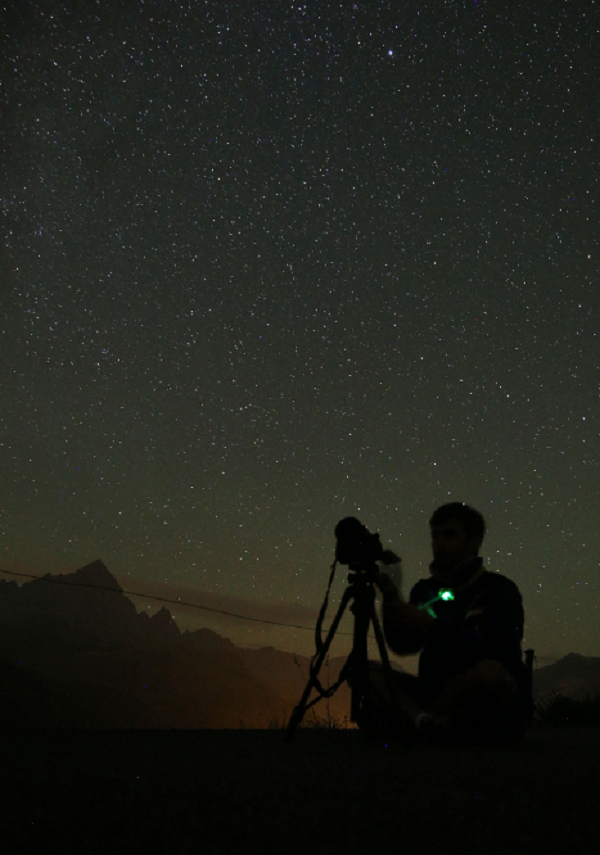Ursid Meteor Shower During Winter Solstice 2020 To Light Up Night Sky
KEY POINTS
- The Ursid meteor shower will be at its peak on Monday night until the early hours of Tuesday
- It can only be seen from the Northern Hemisphere
- NASA advised waiting for the moon to set around 12:30 a.m. EST on Tuesday before watching the skies for an hour
The Ursid meteor shower peaks this week, and like the Northern Taurids and Geminids, it's an event no one would want to miss.
The Ursid meteor shower, which can only be seen from the Northern Hemisphere, will be at its peak on Monday night until the early hours of Tuesday, Space.com reported. Although the moon will be 50% full and the night sky is expected to be cloudy, it is still possible to view the small meteor shower.
The Ursids are often neglected by most, but that doesn't make them any less spectacular to watch. For those who wish to get the best view of the meteor shower, NASA advised waiting for the moon to set around 12:30 a.m. EST on Tuesday before watching the skies for an hour.
This year's Ursids, which coincide with the winter solstice, are expected to showcase up to 10 meteors per hour. Space enthusiasts can expect to see meteors streaking across the entire sky, according to CNN.
The Ursid meteor shower gets its name from the constellation where it appears to originate from in the night sky: the Ursa Minor, also known as the Little Dipper or Little Bear. Specifically, the Ursids seem to fan out from the vicinity of Kochab, the brighter of the two outer stars in the bowl of the Little Dipper.
The Ursids are a relatively new meteor shower compared to others observed throughout the year, EarthSky.org noted. Unlike meteor showers such as the Lyrids, which have been sighted for 2,700 years, the Ursids weren't observed until the 20th century.
Around this time each year, the Earth passes close to the orbit of comet 8P/Tuttle, and this results in the Ursids, according to the American Meteor Society (AMS). This year, the planet will also interact with several trails of debris shed by this comet, which would result in more meteors streaking across the sky.
The AMS has advised not to look straight up at the sky but to look only halfway up in order to get a better view of the meteors and also to avoid neck strain.
Another celestial event coincided with the winter solstice this week, but this one was much rarer. Jupiter and Saturn's Great Conjunction saw the two gas giants aligning in the evening sky on Monday night to form what has been dubbed the "Christmas Star." It has been nearly 800 years since the Great Conjunction of the two planets occurred at night and allowed everyone to witness this rare event.

© Copyright IBTimes 2025. All rights reserved.





















